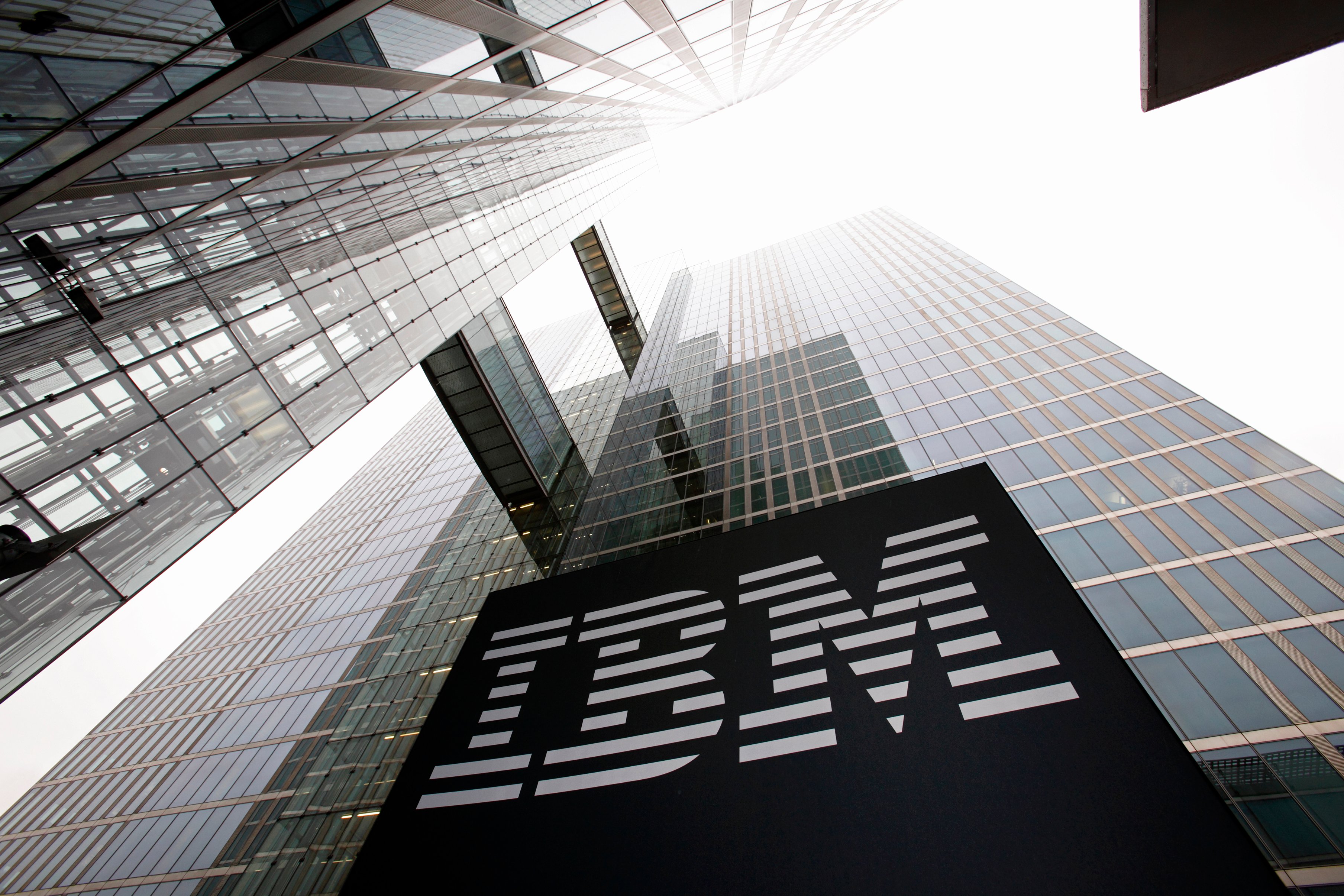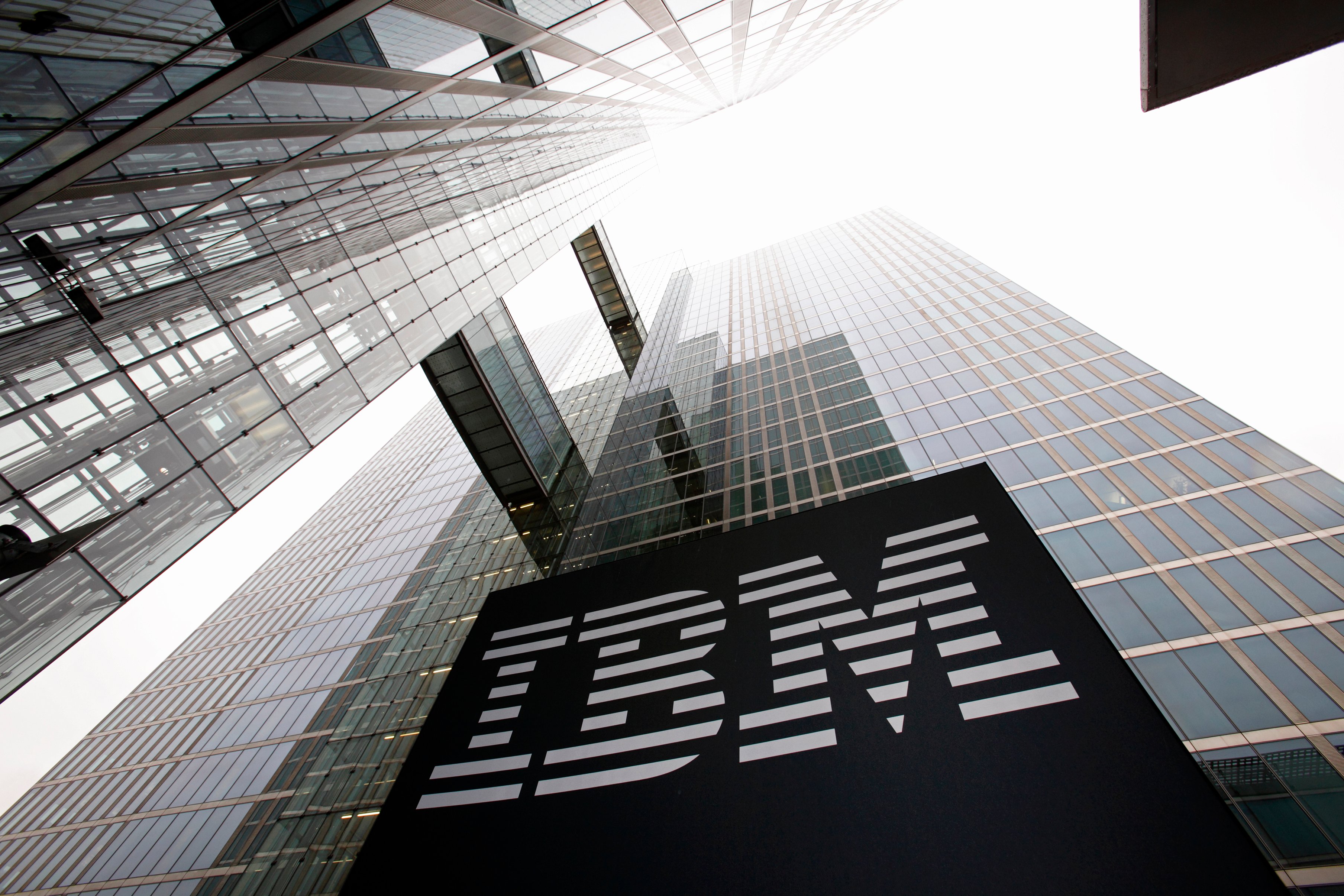Open-source software veteran Red Hat (RHT +0.00%) crushed Wall Street's targets in the third quarter. But you shouldn't expect Red Hat to start paying dividends anytime soon, regardless of how juicy its cash flows are getting.
Red Hat's Q3 by the numbers
In the third quarter, Red Hat saw sales rising 22% year over year to $748 million. The annual revenue run rate now stands at nearly $3 billion, just two years and change after passing the $2 billion benchmark. Your average Wall Street analyst would have settled for $739 million, and the midpoint of management's own guidance stopped at $734 million.
The story was much the same on the bottom line. Red Hat's adjusted third-quarter earnings rose 20% year over year, landing at $0.73 per diluted share. Here, analysts had been looking for $0.71 per share; official guidance was centered around $0.70 per share.
Looking beyond the headline metrics, operating cash flows increased by 18% to $160 million. Red Hat returned $100 million to shareholders during the quarter in the form of share buybacks.

Image source: Red Hat.
What's new?
In a conference call with analysts, CEO Jim Whitehurst pinned the credit for these strong results on a rising number of very large software and service contracts. A total of 94 million-dollar deals worked out to a 30% year-over-year increase in that category, including 17 $5 million contracts and four above the $10 million benchmark. About 60% of these large sales were packages, including at least one of Red Hat's high-growth and application development solutions.
Looking ahead, fourth-quarter revenue should land in the neighborhood of $760 million, while adjusted earnings are expected near $0.81 per diluted share. That would work out to year-over-year sales growth of 21% and 33% higher earnings per share.
The report inspired an avalanche of bullish analyst notes, raising price targets and noting that the stock still looks affordable next to Red Hat's fantastic growth prospects.
Still, investors didn't exactly embrace this report despite the classic beat-and-raise performance. Red Hat shares fell as much as 7% the next day. Then again, the stock had gained 21% over the last three months, so we're looking at profit-taking rather than an all-out panic.
Dividends? Not right now
As I was on the phone with Whitehurst, the discussion quickly turned to Red Hat's great cash flows and how the company uses them. I had to ask whether the company is planning to introduce a dividend policy anytime soon, as many of its larger peers have done in recent years.
He basically asked me not to hold my breath:
"We talk about that every now and then, but at this point, our investor base is much more interested in capital appreciation, a growth-oriented investor base," Whitehurst said. "So at this point, until we see a real kind of compelling argument for us, we can buy back shares which is a more tax-efficient way because we can deliver that value back to shareholders as capital appreciation rather than dividends."
So Red Hat produces more cash than it really needs these days, and management is taking a serious look at all options for making effective use of the cash windfall. So far, dividends just don't look like the right strategy.






